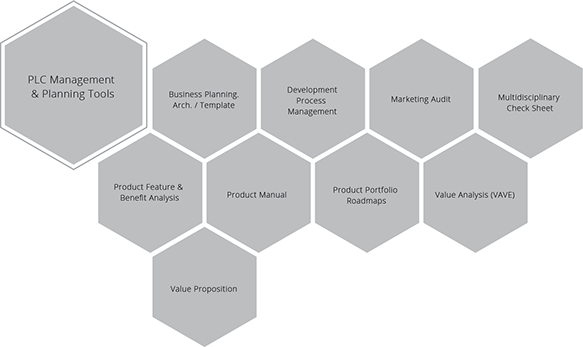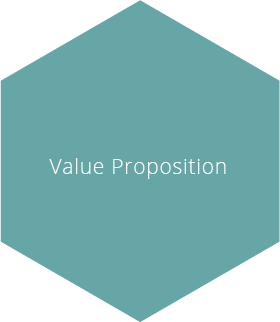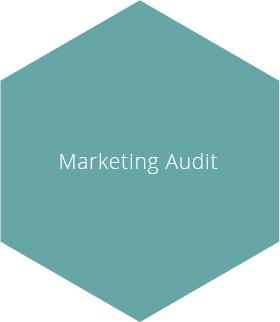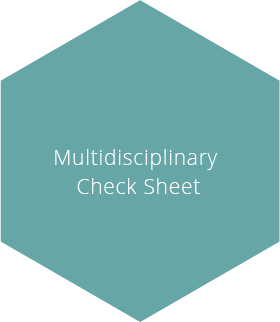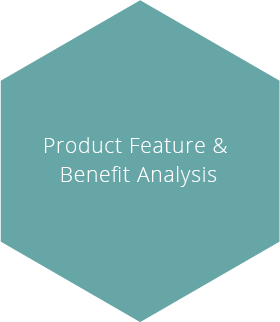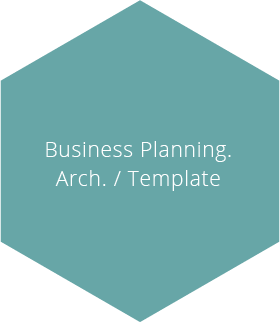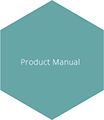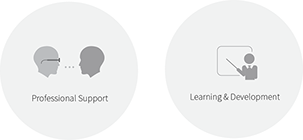Glossary
Logout
©Copyright Arcturus 2022, All Rights Reserved.
7
Terms & Conditions
|
|
|
|
Security & Privacy
Contact
DEVELOPMENT PROCESS MANAGEMENT
|Introduction
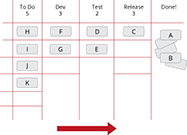
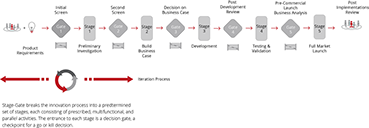
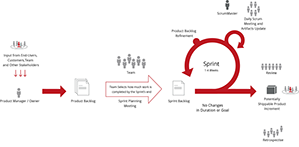
StageGate
Kanban
Agile - Scrum
|StageGate
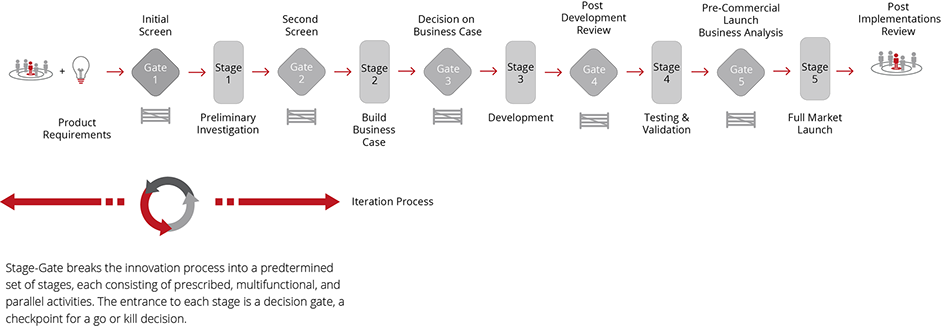
Gates…
These are project review and decision meetings. They are the Go / Kill decision points in the Stage-Gate new product process.
- Projects are evaluated by management
- Resources are allocated
- Poor projects are killed before additional resources are wasted.
Gatekeepers…
Team of decision makers and resource owners responsible for facilitating the rapid commercialisation of selected projects.
Gate 1
Screens ideas which originate in basic research, come out of seed or unfounded projects, and are generated from a variety of customer-based and creativity techniques.
Initial screening is the first decision to commit resources to the project, signalling a tentative commitment to it. Gate 1 criteria tends to be qualitative and few in number:
- Strategic Alignment
- Technical Feasibility
- Competitive Advantage
- Opportunity Attractiveness
Stage 1 Preliminary investigation
This first and inexpensive stage determines the project's technical and marketplace merits.
Stage 1 is a quick review of the project, often completed in 10 to 20 person-days' work effort.
Activities include a preliminary market assessment (a "quickie" study to determine market size, market potential, and possible market acceptance) and a preliminary technical assessment (an in-house appraisal of the proposed product's development and manufacturing feasibility).
Gate 2
A second and somewhat more rigorous screen. If the decision is "go" at this point, the project becomes more expensive, so Gate 2 criteria tend to be more rigorous than in Gate 1.
In addition to again invoking the "must meet" criteria of Gate 1, the project must satisfy "should meet" yardsticks applied at Gate 2.
Standards often take the form of a scoring model for synergies, market attractiveness and competitive situation, elements of product advantage, and profit potential
Stage 2 Detailed investigation
Product Management develops the business case that defines the product and verifies the attractiveness of the project before heavy spending in the next stage, development.
- A user needs-and-wants study to determine the customer's desires and define the ideal new product.
- Competitive analysis.
- Concept testing, new product is presented to potential customers to gauge likely acceptance.
- Technical appraisal
- Manufacturing appraisal, manufacturability, costs to manufacture, and investment requirements.
- Legal, patent, and regulatory assessment, in order to remove risks and to map out legally required action.
- Detailed financial analysis, forecasts with sensitivity analysis of "what if' risks.
Gate 3
The decision following the work in Stage 2, is the final gate before the development stage. It is the last point at which the project can be killed before incurring heavy spending.
Gate 3 also yields a "sign off” on the product definition. Criteria for a pass should be tough and include a rigorous repeat of the Gate 2 "must" and "should" criteria as well as a critical financial and risk-return review.
Stage 3 Development
The "deliverable" at the end of Stage 3 is a lab-tested prototype of the product. Stage 3 emphasises technical work, while marketing and manufacturing activities also proceed in parallel.
Market analysis and customer feedback continue, with constant customer opinion sought as the product takes shape during development. – Using QFD methodology.
It's an iterative process. Meanwhile, detailed market test plans, market launch programs, and production and operations plans take shape. At the same time, the innovation team updates its financial and legal analyses.
Gate 4
Post Development Review
At the post-development review of Gate 4, planners re-check the continued attractiveness of the project.
- Has work proceeded in a quality fashion?
- Does the developed product conform to the original definition?
- Does it meet all financial targets?
Stage 4 Testing and validation
This stage tests and validates the entire project-the product itself, the production process, customer acceptance, and the economics. Stage 4 requires a number of activities.
- In-house product tests check product quality and performance under controlled or lab conditions.
- User or field trials verify that the product functions under actual use conditions.
- Trial, or pilot production debugs the production process, determines more precise production costs.
- Pre-test market, test market, or trial sell gauges customer reaction, measures the effectiveness of the launch plan, and determines expected market share and sales.
- Revised financial analysis checks on the continued economic viability of the project, based on new and more accurate revenue and cost data.
Gate 5
Pre-commercialisation business analysis:
The final gate, opens the door to full commercialization: a market launch and full production or operations start-up. It is the final point at which the project can still be killed.
Criteria to pass Gate 5 focus largely on the quality of efforts to date, on the appropriateness of the production and launch plans, and on the financial viability of the product.
Post-Implementation Review
Following commercialisation, often 6 to 18 months, the company terminates the new product project and disbands the team.
The product has become a "regular" in the line. At this point, management reviews the project's performance to assess its strengths and weaknesses. A major question is what the company can learn from the project and do better the next time.
The project team and leader remain responsible for the success of the project through this post-launch period, right up to the point of the post implementation review.
- The team must primarily detail requirements up front to estimate time, budgets, team members, and resources. Knowing all the requirements at the project start means you have a high investment in detailed requirements gathering before any development begins. Estimation is complex and requires a high degree of competence and experience and a lot of effort to complete.
- The customer and stakeholders may not be available to answer questions during the development period, because they may assume that they provided all the information needed during the requirements- gathering and design phases.
- There is resistance by the development team needs to add requirements or document them as its seen as a deviation to the original requirements, extending the schedule and adding cost. The team must create and maintain volumes of process documentation to manage and control the project.
- Although some testing can be done as you go, testing of Key features can't be completed until the end of the project, when all features have been developed and integrated.
- Full and complete customer feedback is not feasible until the end of the project, when all functionality is complete.
- Funding is progressive, but the true cost appears only at the end of the project, potentially creating a high level of risk - The project has to be fully complete for value to be achieved. If funding runs out prior to the end of the project, the project delivers zero value.
WIP










Gate
1
Gate
1
Gate
1
Gate
1
Gate
1
Gate
1
Gate
1
Gate
1
Gate
1
Gate
2
Gate
2
Gate
2
Gate
2
Gate
2
Gate
2
Gate
2
Gate
2
Gate
3
Gate
3
Gate
3
Gate
3
Gate
3
Gate
3
Gate
4
Gate
4
Gate
4
Gate
4
Gate
5
Gate
5
Gate
1
Stage
1
Stage
1
Stage
1
Stage
1
Stage
1
Stage
1
Stage
1
Stage
1
Stage
1
Stage
2
Stage
2
Stage
2
Stage
2
Stage
2
Stage
2
Stage
2
Stage
3
Stage
3
Stage
3
Stage
3
Stage
3
Stage
4
Stage
4
Stage
4
Stage
5
|Issues Associated with Waterfall - StageGate
|Kanban
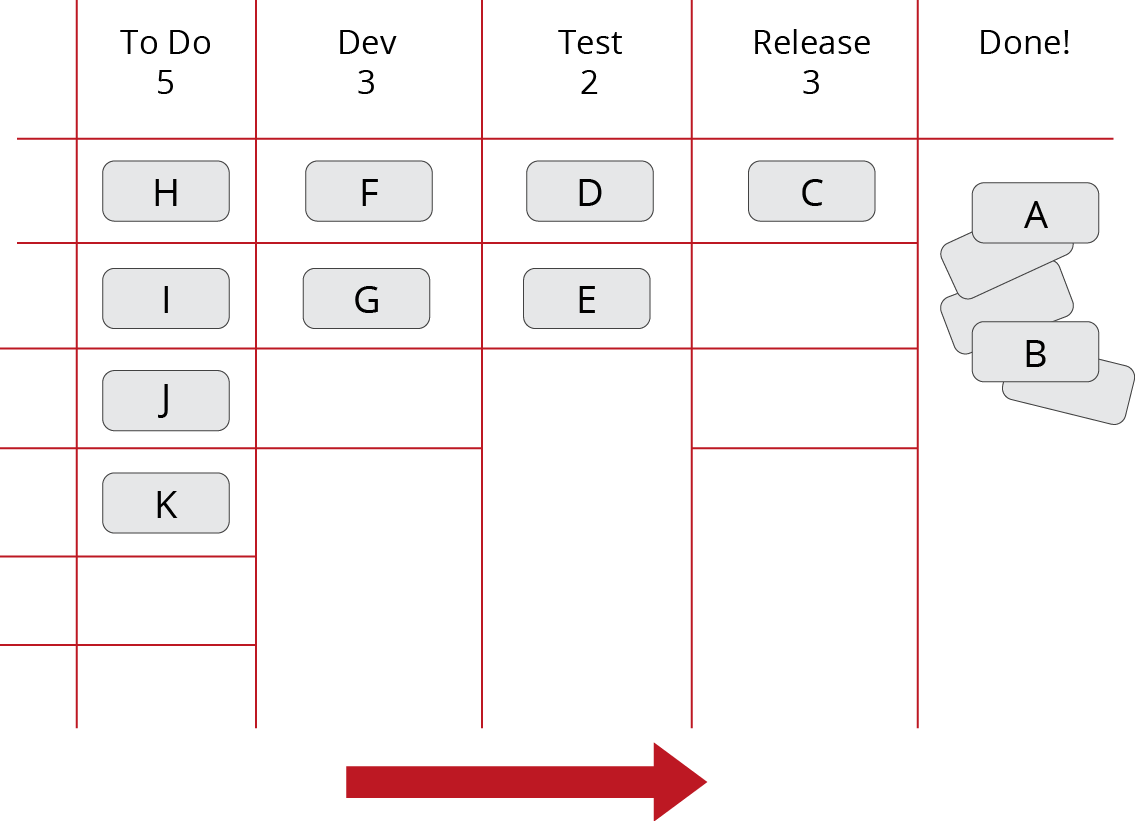
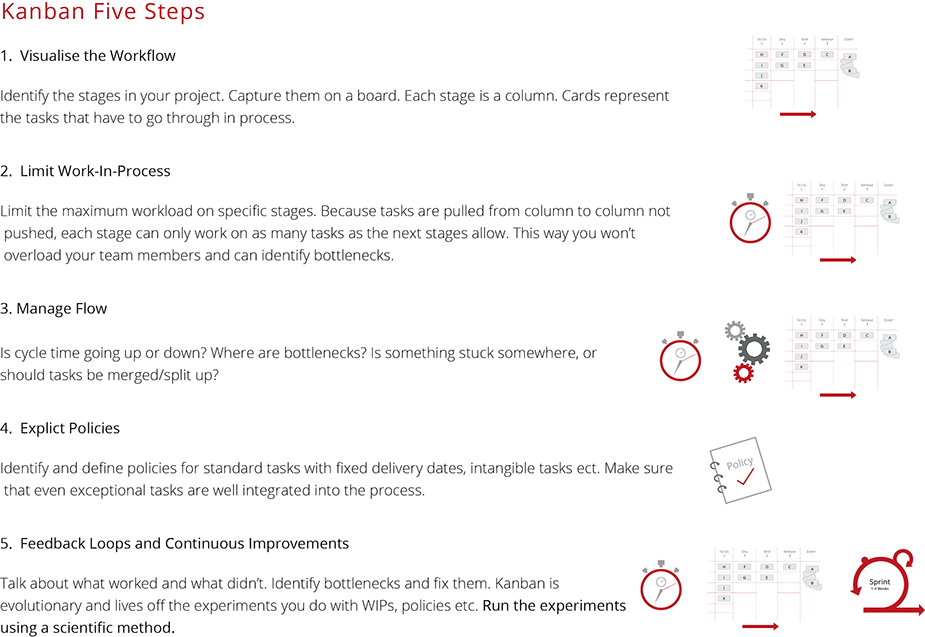
|Agile : Scrum
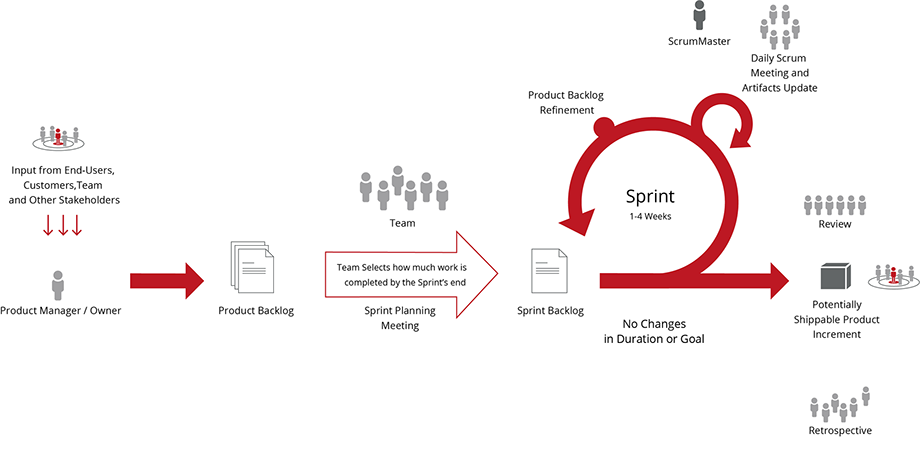
|Agile
The Product Owner is a project team member who is an expert on the product and on the customer’s business needs. The product owner works with the business community and prioritises Product Requirements, and supports the development team by being available to provide clarifications and final acceptance to the development team.
The Scrum Master acts as a buffer between the development team and distractions that might slow down the development effort. The scrum master also provides expertise on agile processes and helps remove obstacles that hinder the development team from making progress. The scrum master facilitates consensus building and stakeholder communication.
For certain projects / products the Agile Framework promises significant advantages over historical methods (including StageGate™) with greater flexibility and greater stability, less non-productive work, faster delivery with consistent quality, improved development team performance, tighter project control, and quicker failure detection.
It should be noted however that results can’t be achieved without a highly competent and functional Development Team. The development team is pivotal to the success of the project. Agile methods emphasize the importance of the support provided to the development team as well as the importance of project team members’ actions and interactions.
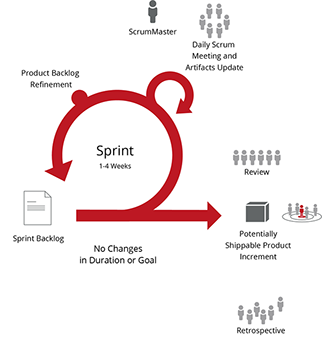
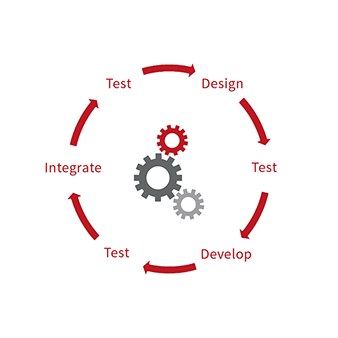
|Agile - Scrum
The ethos of Scrum is:
- The team is given clear and realistic goals
- The team organises itself around the work
- The team perpetually delivers the most valuable features
- The team receives feedback from stakeholders and real Customers / Users
- The team continuously reflects on its way of working in order to improve
- The business / organisation has visibility into the team’s progress
- The team and management honestly communicate about progress and risks
- Product Owner
- Scrum Master
- Project Stakeholders
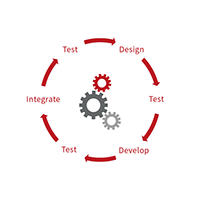

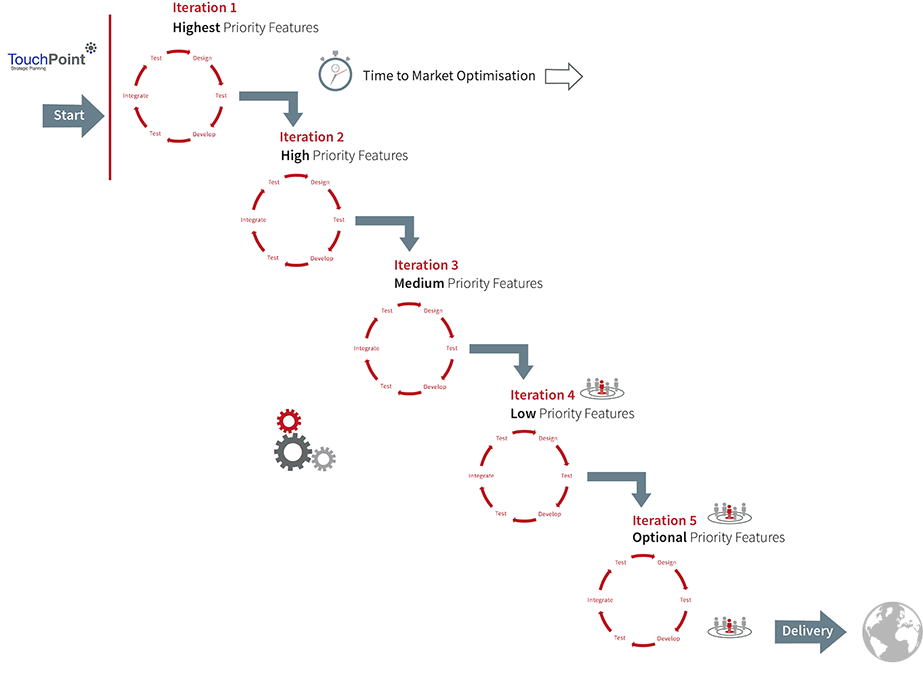
|Waterfall / StageGate
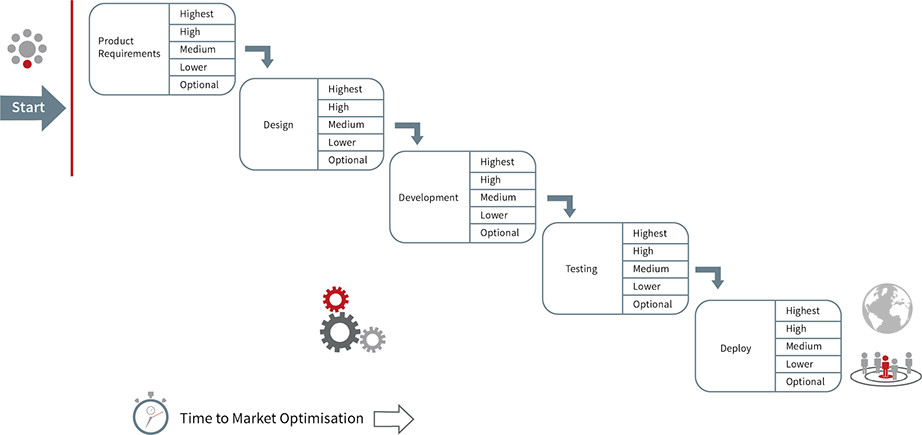

|Agile
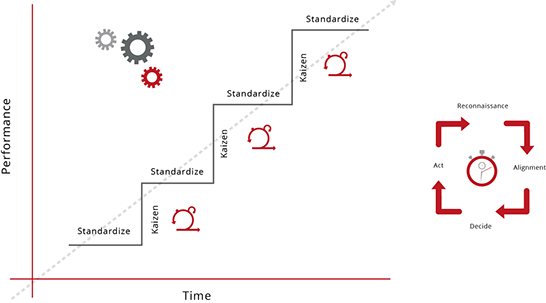
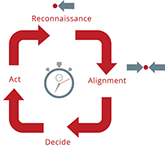
A cycle of Continuous Improvement delivers incremental performance benefit with managed commercial risk assessment.
…Agile aligns to the principles of Continuous Improvement
|Waterfall - vs Agile Development
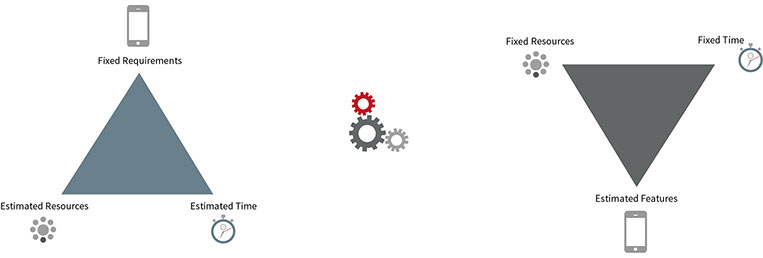
|Kanban Vs Scrum
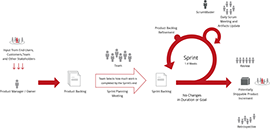
Scrum

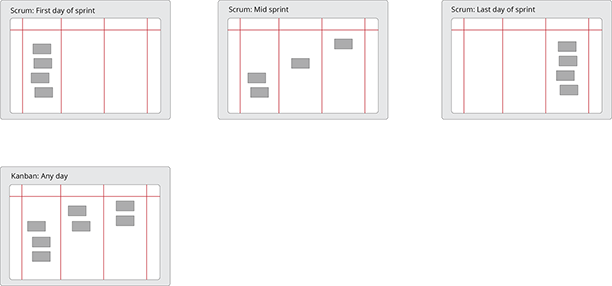
Kanban
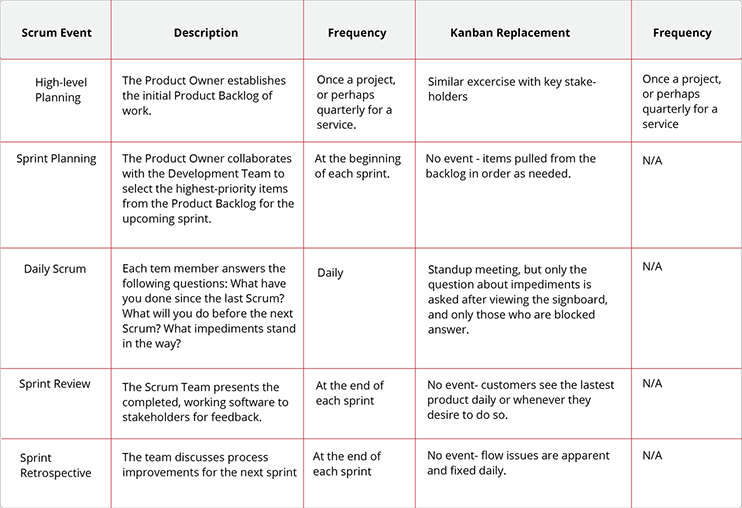
|User Centred Design Framework - UECO
The Step by Step Process of the User Centred Design Framework
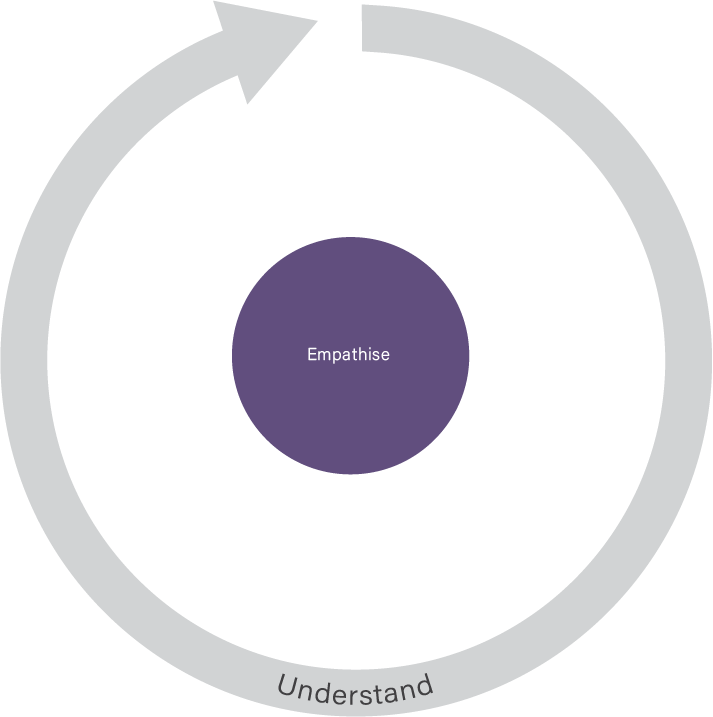
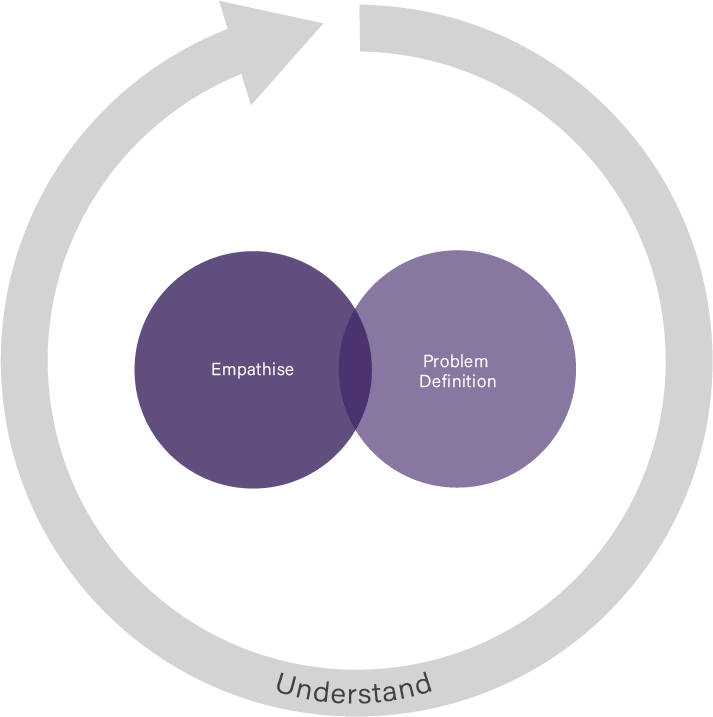
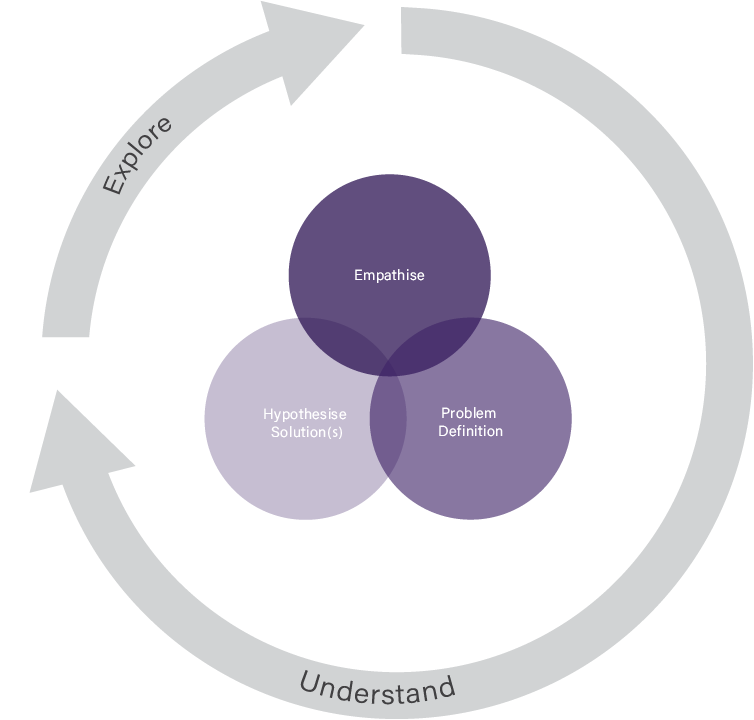
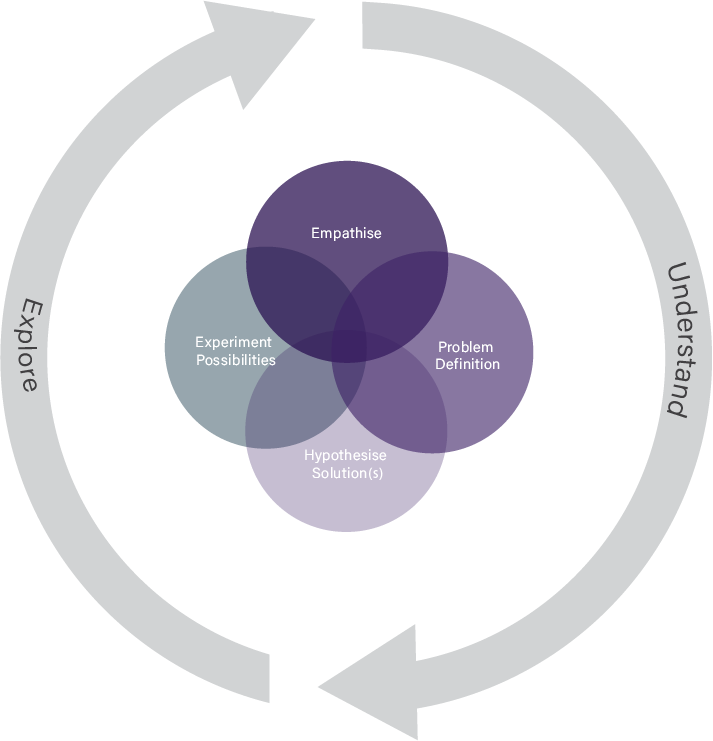
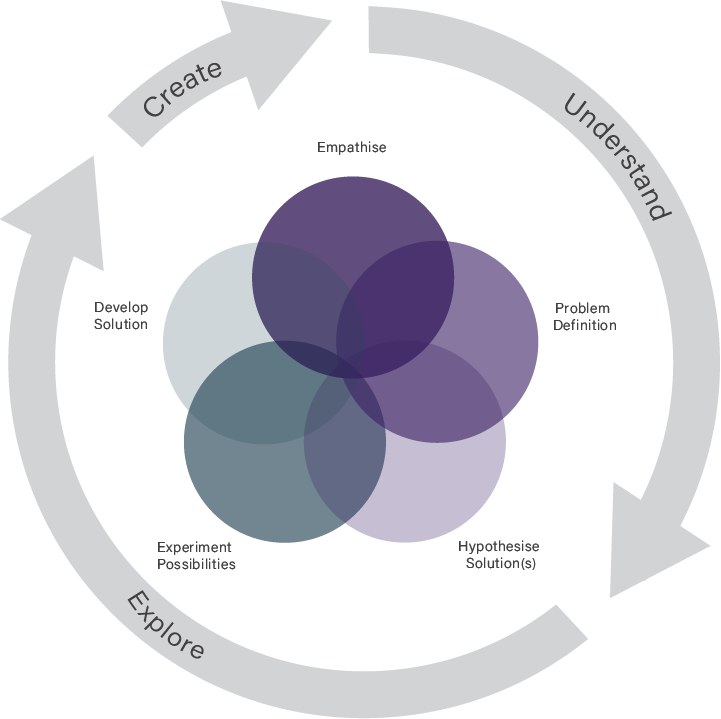
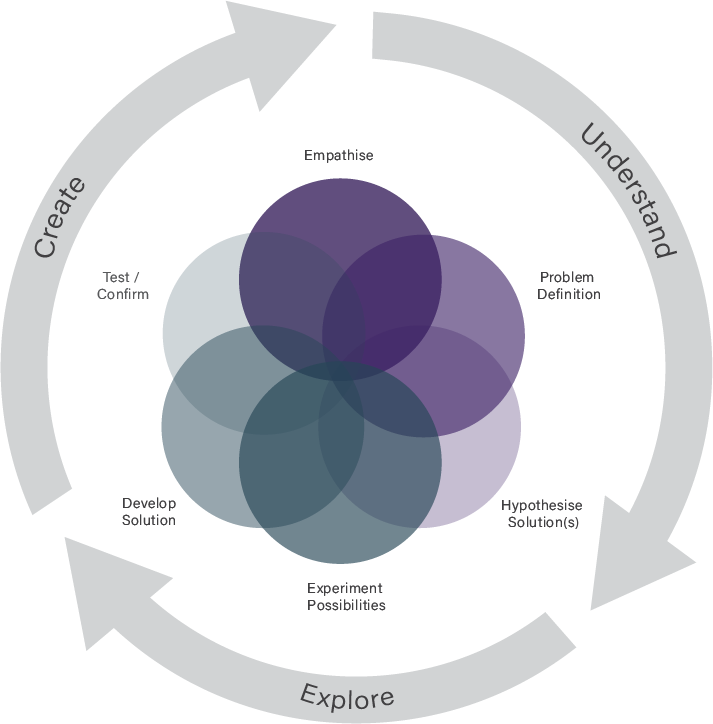
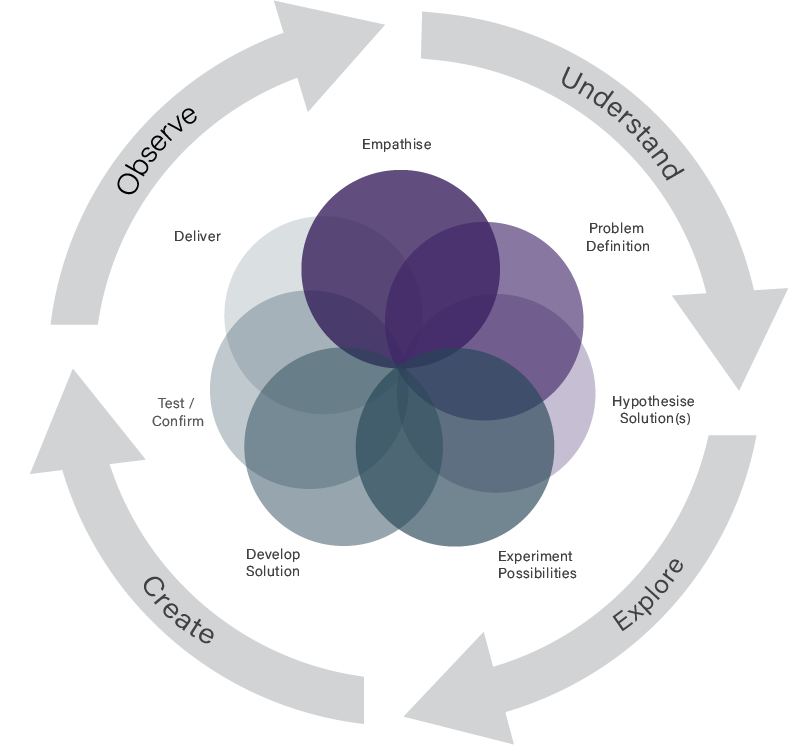
1. Understand
- Target Market / Strategic Alignment
- User Observation - Gemba
- User Persona's
- UX Journey Mapping
- Task Action Analysis
- Stakeholder Interviews / Reviews
- Pains and Gains Analysis
2. Understand
- Reconnaissance (Situational Intelligence) is a
- Strategic Intent Alignment
- Create UX Journey Map
- Task Action Description
- Stakeholder Interviews / Reviews
- Competitor Benchmarking
- Customer Pains and Gains Analysis
- Problem Definition
3. Explore
- Ideation and Creativity - Innovation
- Technology Road - Mapping
- Solution Hypothesis / Strategic Alignment
- Benchmarking / P.Positioning Review
- Solution Conformance 'Simplicity'
- Task Action Description
- User / Strakeholder / Cust. Interviews
- Product Screen
4. Explore
- Strategic / Commercial Viability
- Task Action Analysis
- Stakeholder Interviews / Reviews
- Ideation and Creativity
- Idea Management
- Benchmarking / Positioning Review
- Kano Mapping
5. Create
- Developemnt Processes
- Prototype Test Reviews
- Market Research & Intelligence
- Stakeholder Interviews / Reviews
- Benchmarking / Positioning Review
- Conformance Review
- Testing Feedback and (Media) Reviews
6. Create
- Market Research & Intelligence
- Stakeholder Interviews / Reviews
- Testing Feedback and Media Reviews
- Benchmarking / Positioning Review
- Social Media / FAQ's
- Problems / Weaknesses / Support
- Beta Test Views and Reviews
- 'Launch' Programme
7. Observe
- Deliver / Launch
- Look and Listen...
- Stakeholder Interviews / Reviews
- Feedback and Media Reviews
- FAQ's
- Problems / Weaknesses / Support
- Feature and Benefit Analysis / Review
- Continuous Improvement
<
>
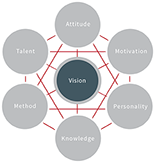
The ability to understand, hypothesise and develop Creative Solutions is directly related to a measured balance of 7 Key Attributes.
Creative Culture
%20loop%20-%20target%20market774x562.png?crc=4242562256)
|Related Procedures
The following interrelationship maps indicate; suggested content from other models/processes which may have influence or an effect on the analysis of the title process. The left-hand column indicates information or impact from the named process and the left-hand column indicates on completion of the process/analysis it may have an influence or effect on the listed processes.
Note: A complete set (professional quality) of PMM interrelationship cards are available to purchase - please contact us for further details.
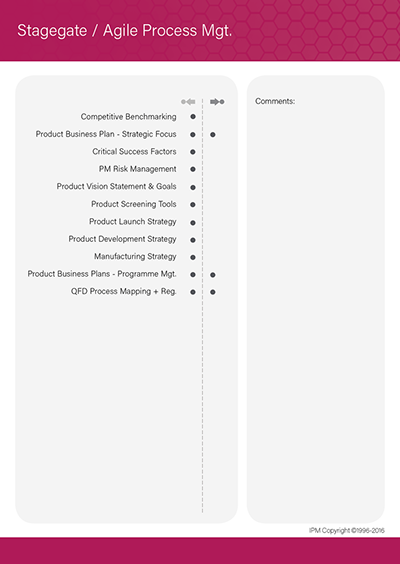
|Strategic Business Models, Workshop Tools & Professional Resources
The IPM practitioner series, is a definitive and integrated training programme for management professionals operating in the Product Management arena. So whether you’re the Managing Director, Product Director, Product Manager or a member of the Multidisciplinary Team we are confident that you will find this particular training series to be one of the best available and an invaluable asset to both you and your company.
PMM - Professional Support







